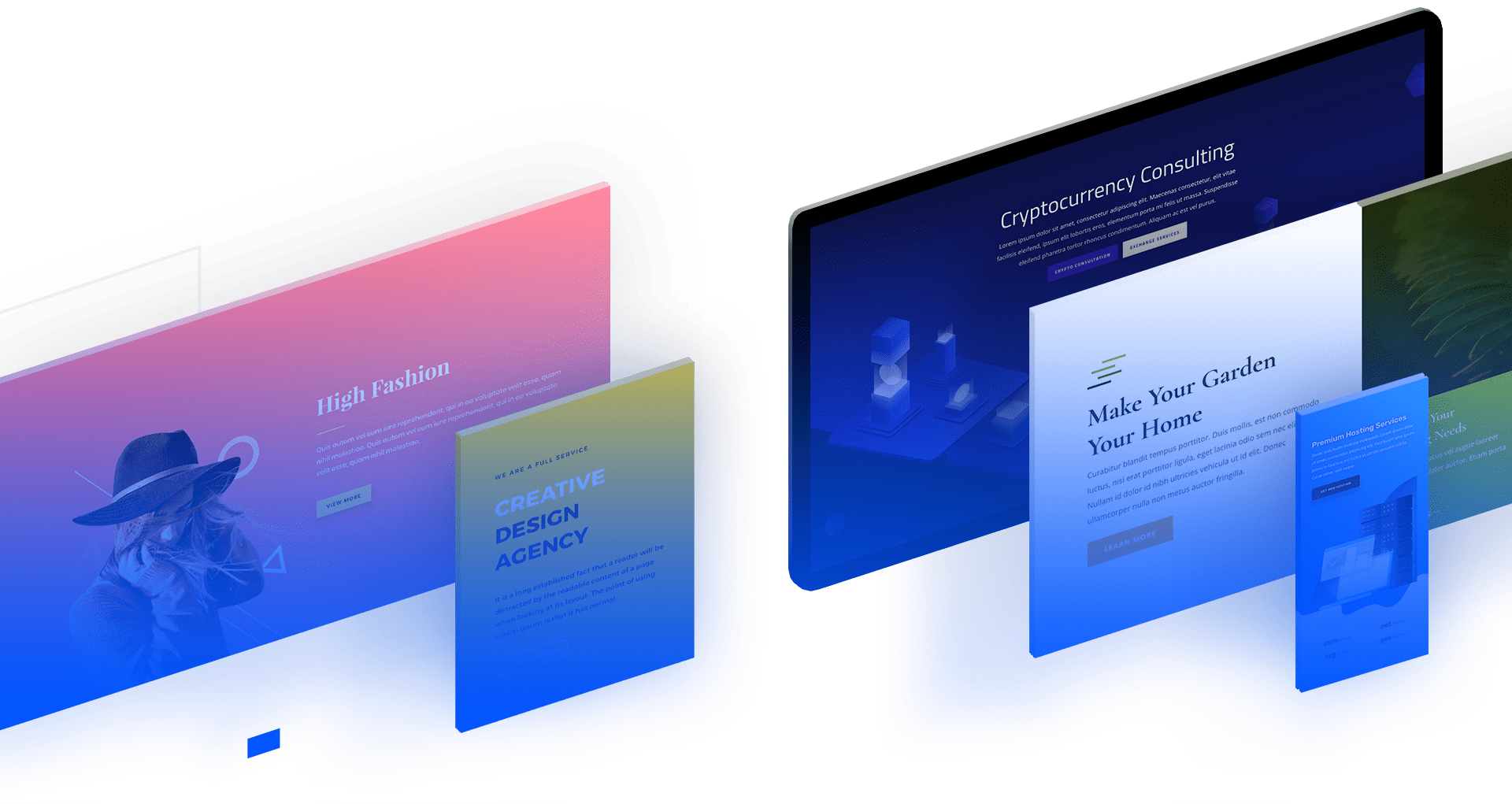20 Proven Strategies that Increase Sales
Are your sales stagnant? Not seeing the growth you were expecting? Learn 20 new ways how to increase sales starting today.

Running a business entails so much, that it can be hard to focus on the big picture: making sales. The brand, product, and industry are the biggest factors in what tactics will work. This makes discovering how to increase sales a true trial-and-error process.
Unless one can find a collection of the greatest proven sales strategies in one place. Run down the following 20 items and see what areas could be sabotaging the current sales strategy.
1. Edit for clarity.
In the process of convincing people to purchase, some businesses can find themselves going on a tangent. See if the existing copy can be salvaged by a hefty edit. Simplify the language, and omit statements that don’t add real value to what a visitor is reading.
2. Build a community.
Social media groups, forums, and comment sections are great places to discuss ways to enjoy a product or service. People who join and observe others discussing it will keep it in mind, continue purchasing, or even make their initial purchase after witnessing the interaction.
3. Good, honest copy.
People hesitate to buy something when an advertisement sounds too good to be true. Ensure that every claim made is honest and direct. The biggest mistake businesses make when working on how to increase sales is trumping up or misleading people about what their product can really achieve.
4. Testimonials.
Who is a visitor more likely to believe: an audience member like them, or someone they don’t know very well who wants them to buy something? For discerning customers who like comparison shopping, reviews, and testimonials are absolutely everything.
5. Be more active.
Keeping sales stable will not work if one abandons their web presence. Make sure profiles and pages are up to date, and interact with people on social media. Visitors should have the impression that the business brand is alive and thriving.
6. Press releases.
A lot of deals, promotions, and other sale-stimulating news is never seen by people not subscribed via email. Turn to press releases to generate interest in any happenings.
7. Invest in sales.
The truth is, that many owners and managers cannot make the necessary changes themselves. Still, they are totally convinced that they are the only person who can work for their business, and this is wrong. If content is lacking, have a professional create it. The same goes for web design, social media management, and a slew of other details.
8. Make it easier to buy.
How long does checkout take? How many payment method options do shoppers have to choose from? The harder people have to work for it, the less they may find they want it.
9. Present the bestseller.
Online shoppers and those researching in-person experiences and services are interested in what others are buying – whether they are consciously aware of it or not. Showcase the bestselling products and packages where everyone can see them.
10. Scarcity.
Fear of missing out is a huge driver for people who think they have time to decide whether or not to buy. The time they take often results in forgetting about the item or finding something “better”. Consider setting limits on quantities and availability, and watch people line up to make sure they don’t lose out forever.
11. Exclusivity.
What does someone get when they sign up for emails? Additional free content and the latest news can be a big draw, but many sign up hoping they are first in line for a discount. Make offers to existing customers, letting them know it’s for them only.
12. Blogging.
Wondering how to increase sales without begging? Blogging. Blogging is a great, low-pressure way to demonstrate all types of features, uses, and benefits of a product or service. It also helps customers more easily identify the brand, which fosters trust.
13. Don’t be so eager.
If copy basically says, “sell, sell, sell”, many readers will want it less. They want information, they want opportunities, and they want both of these things to be easy to access. They do not explicitly want to be told what to do at every turn. Make sure that aggressive copy isn’t absolutely everywhere.
14. Better visuals.
An unbeatable price, a fantastic description, and a low-quality image. That last feature will tank a sale without a second thought. Use only high-quality images for every purpose. Go ahead and replace poor images featured in older content as well.
15. Create more content.
What’s not clicking? Perhaps the customer does not have a good idea of what the business stands for or does not see how purchasing would change their day. More content can help educate them.
16. Offer guarantees.
Remove the risk by letting customers know that a product comes with a money-back guarantee. Shoppers wary of buyer’s remorse will definitely appreciate it. Giving the shopper more control over the future of the purchase relieves anxiety, which is why every business that is focused on how to increase sales does it.
17. Streamline design.
A cluttered, busy website with little to no whitespace does not give the customer any breathing room. It distracts them from making a purchase. Clean up busy pages and ensure navigation is obvious.
18. Use CTA buttons.
The famous Call to Action. Avoid making this a huge block of text with exclamation points and crazy promises. Use buttons offering visitors to chance to call, buy, or book right away. Better yet, personalize these for new visitors and existing customers.
19. Check-in with abandoned carts.
Some people who leave carts with items added are just window shopping. But many others just had cold feet, or something else to attend to quickly. Send email reminders calling them back to the cart.
20. Show the difference.
A business can be offering something great, but what makes it more special and valuable than the competition? Be sure to differentiate a product from others like it.
Conclusion
The fact that so many businesses are standing in the way of their sales is a tough pill to swallow. What seemed to work yesterday is no guarantee of what today’s browsers are interested in. This does not require a massive re-education on how to increase sales. Often, the issue is with awkward copy, sites that aren’t user-friendly, and over-the-top tactics.

Place an Order Today
Professional U.S. Writers begin writing immediately for a fast turnaround Place An OrderTalk To Us First